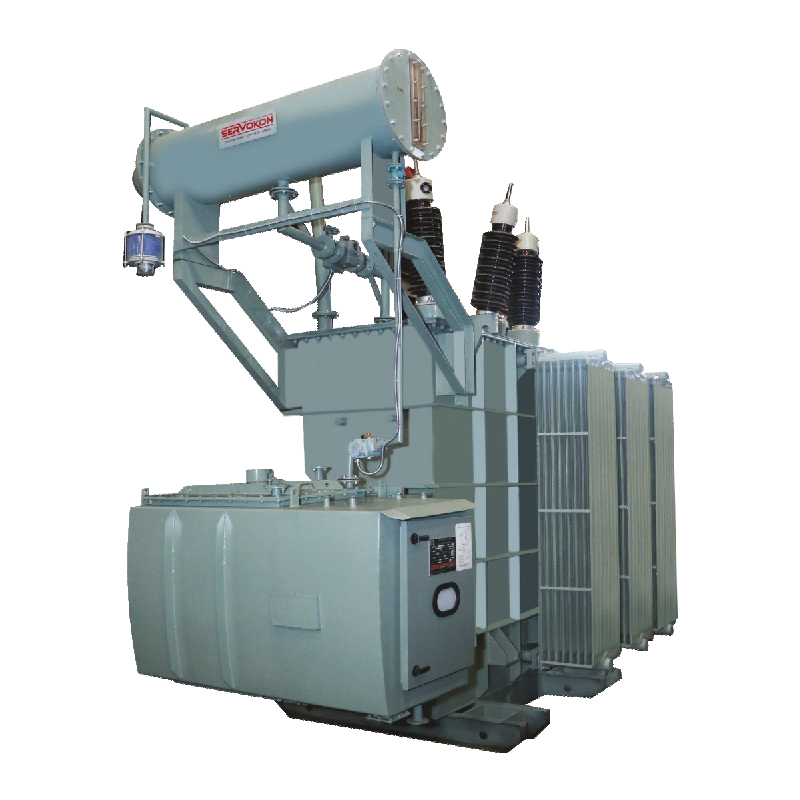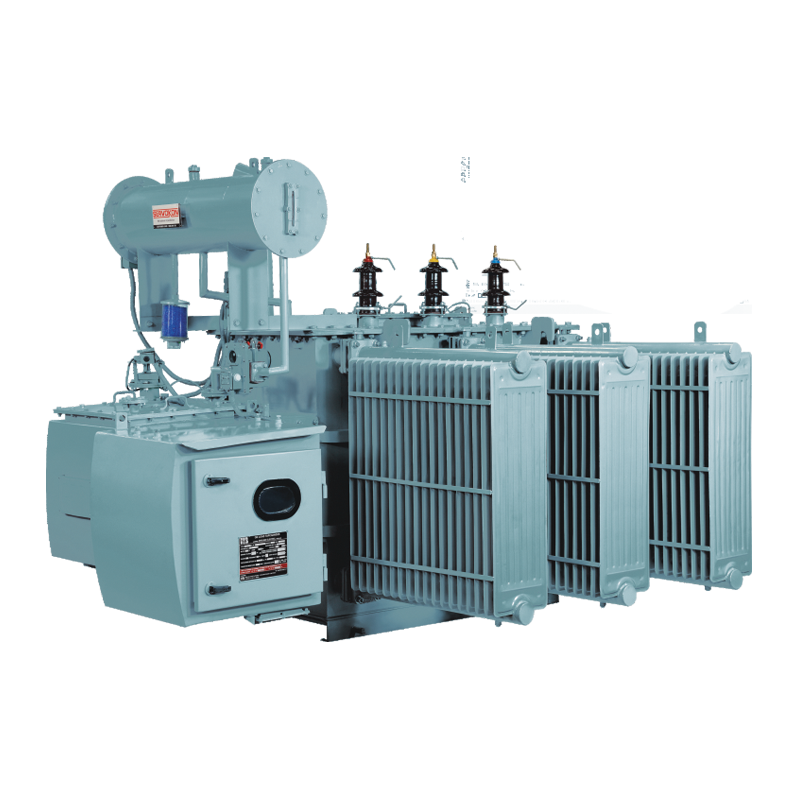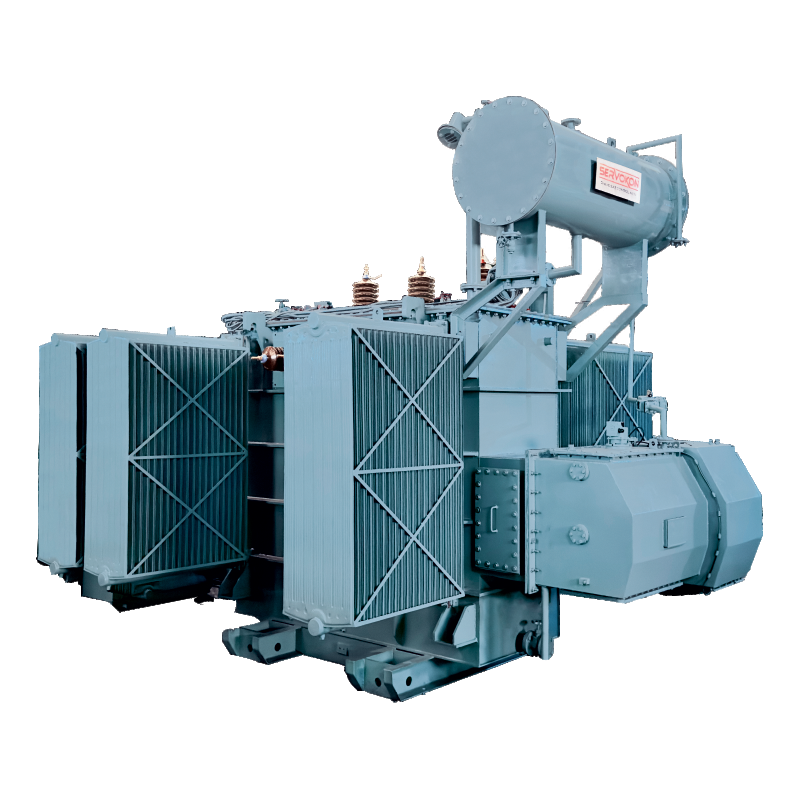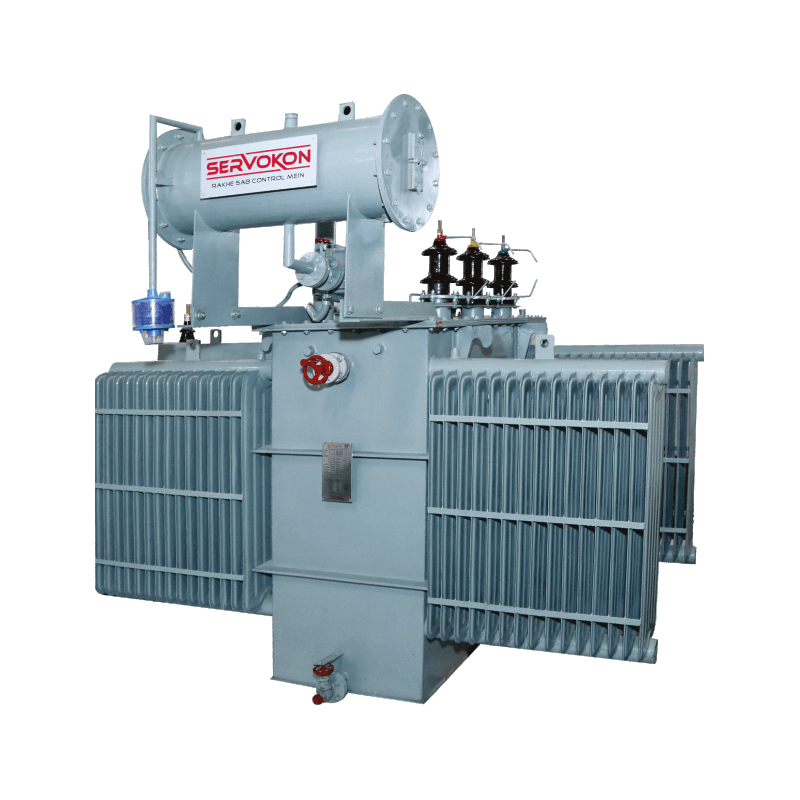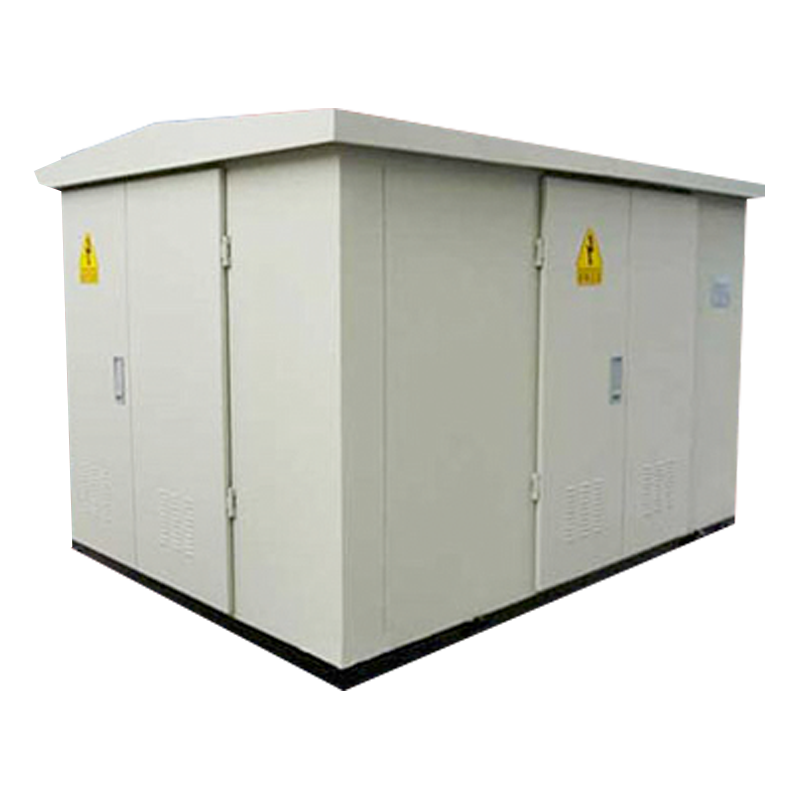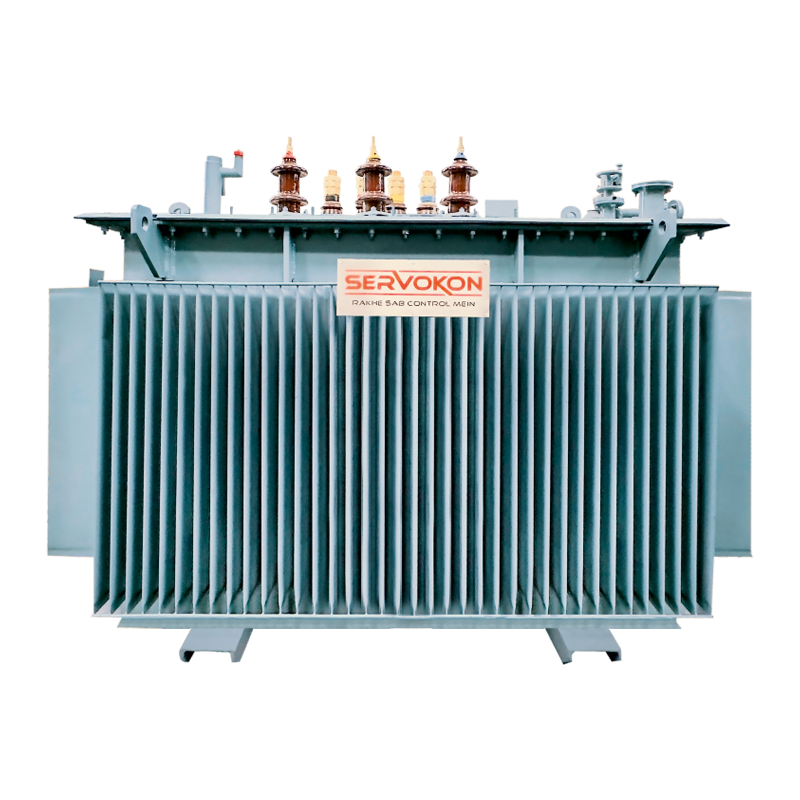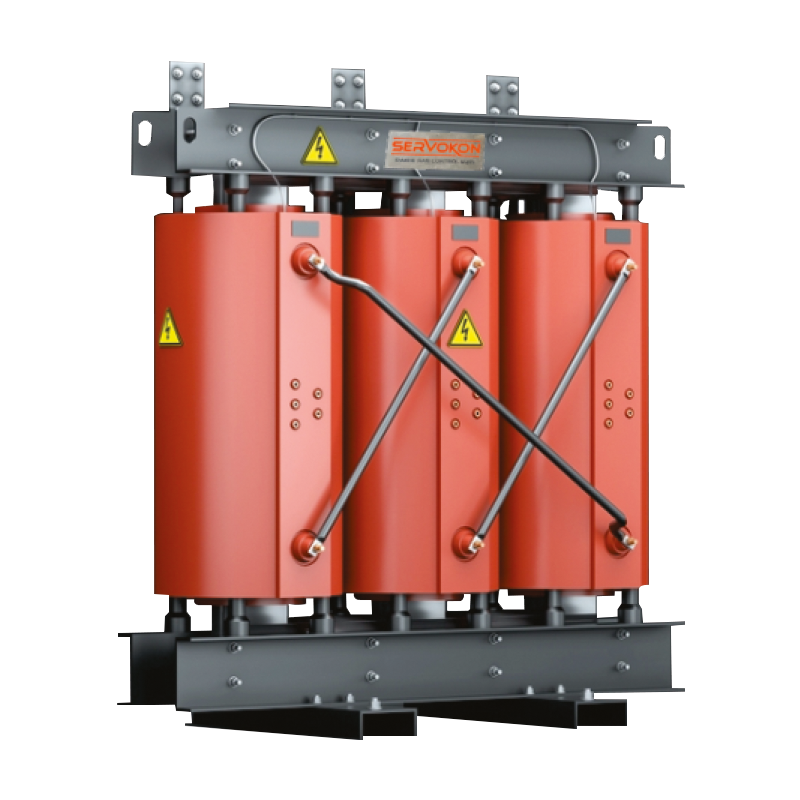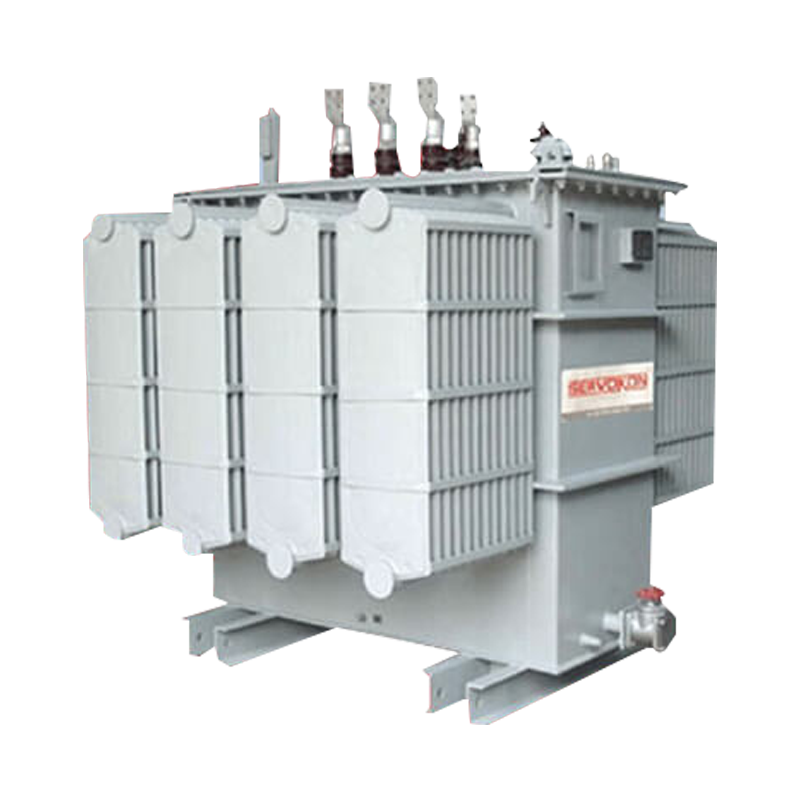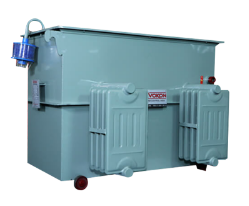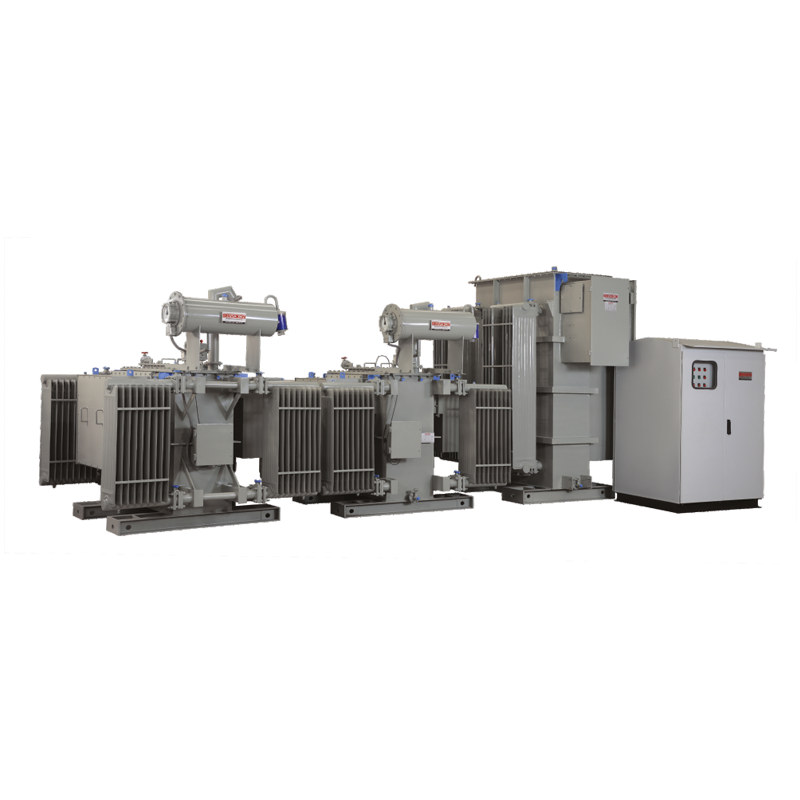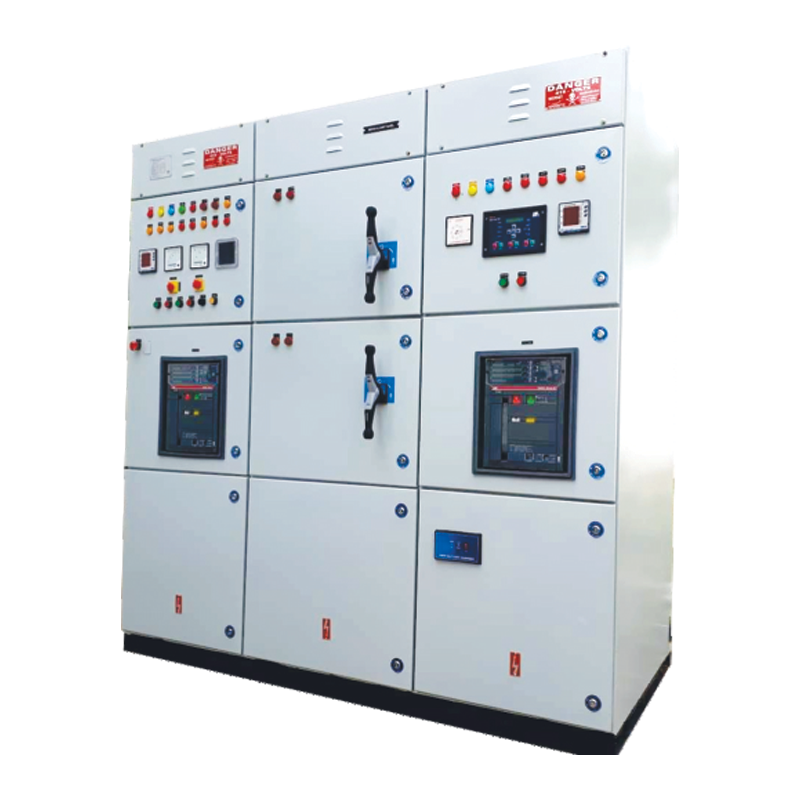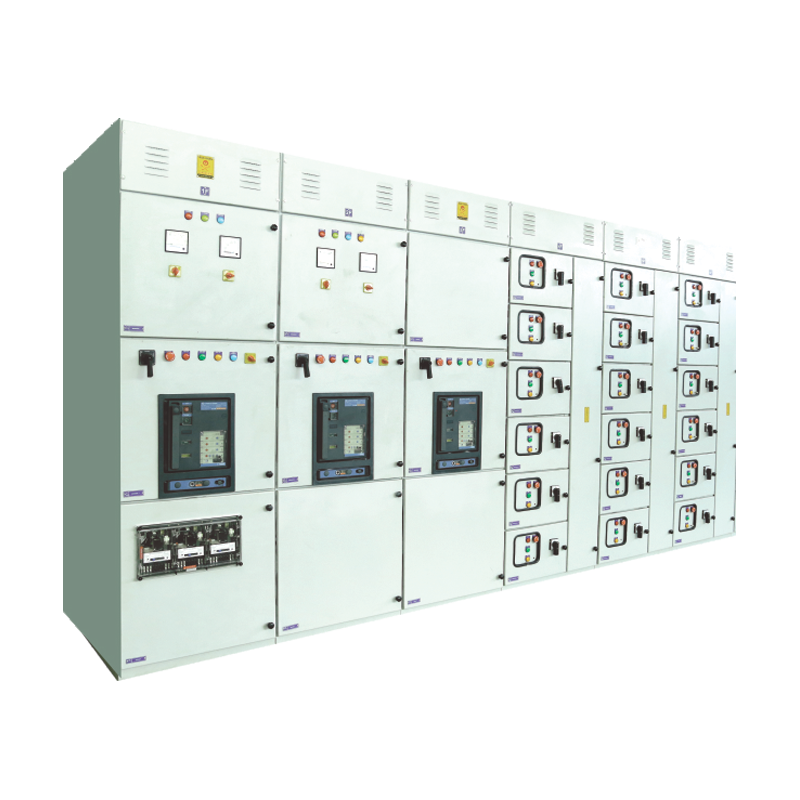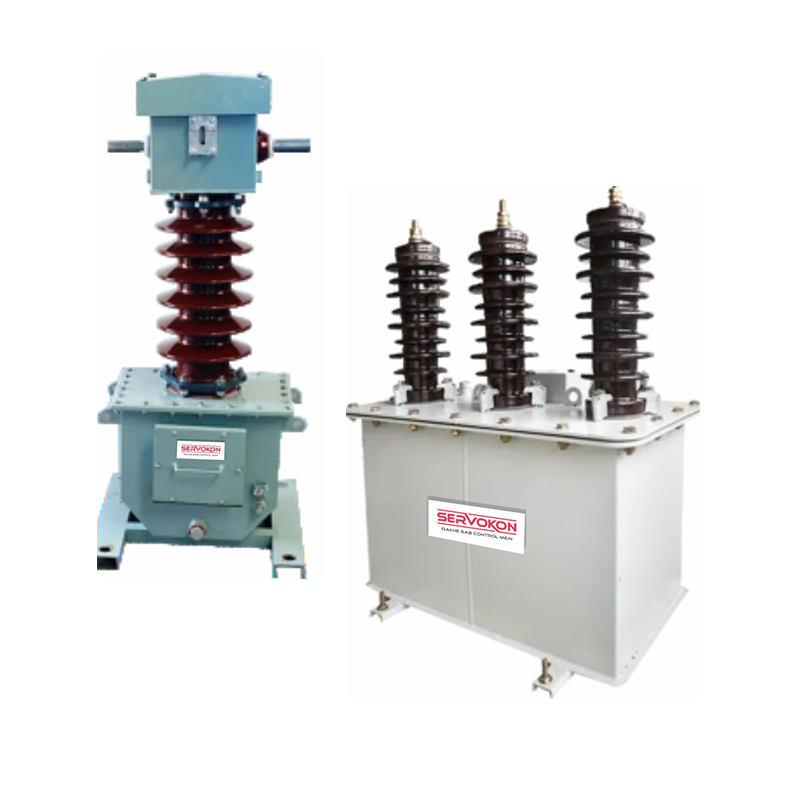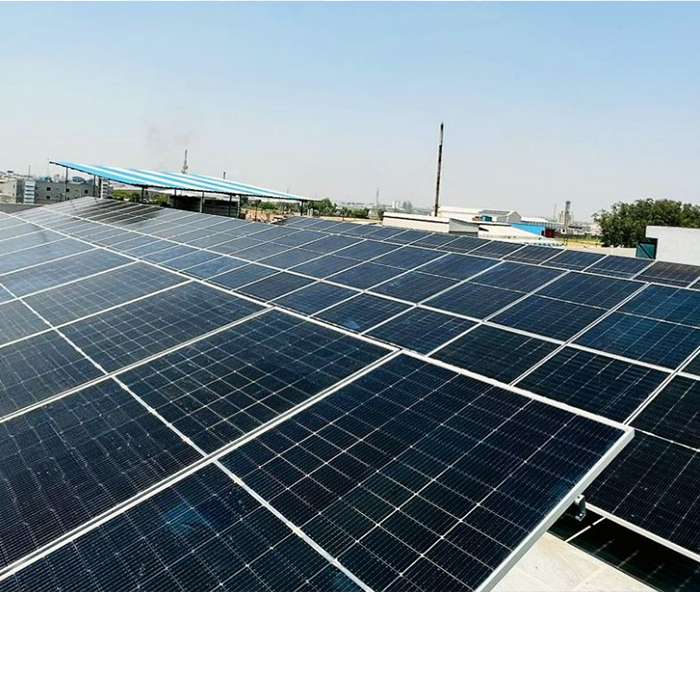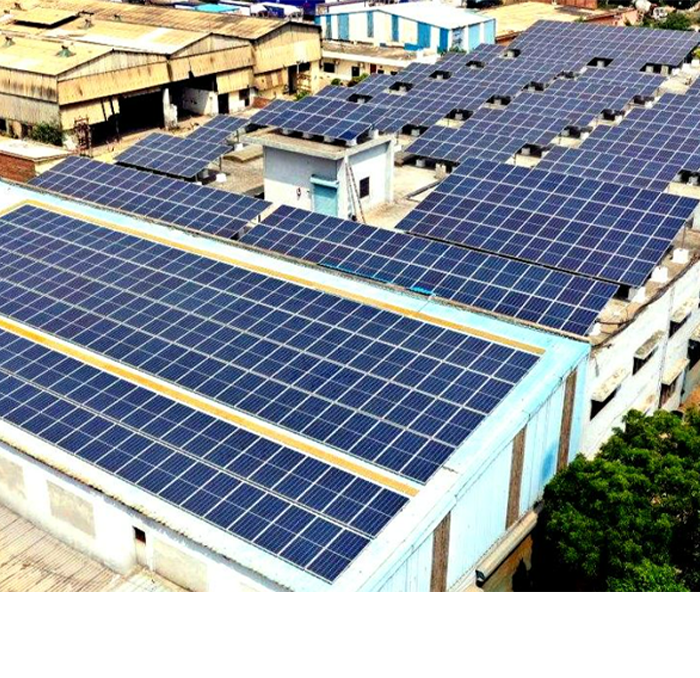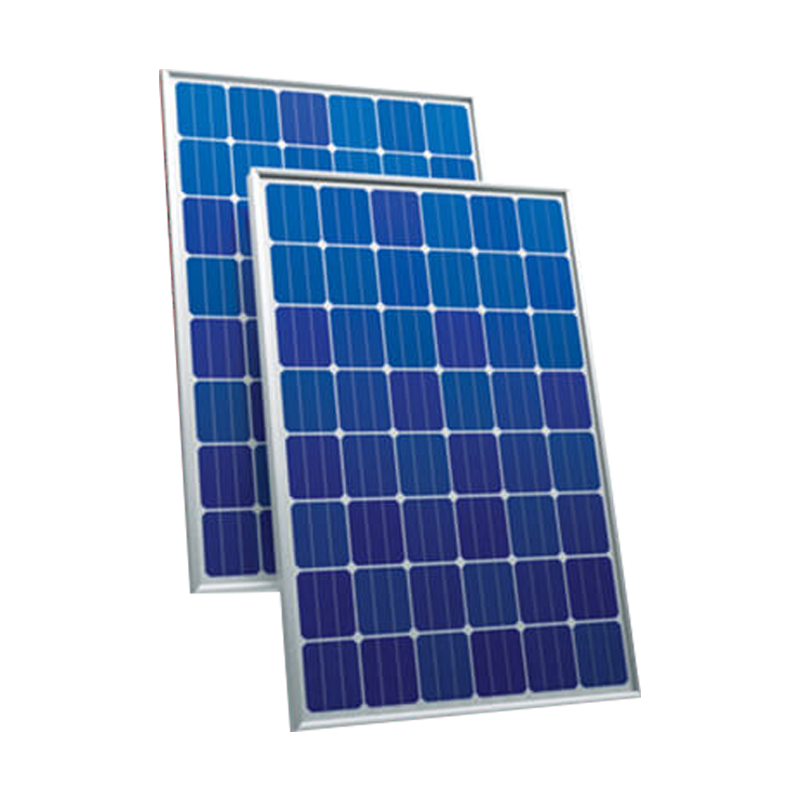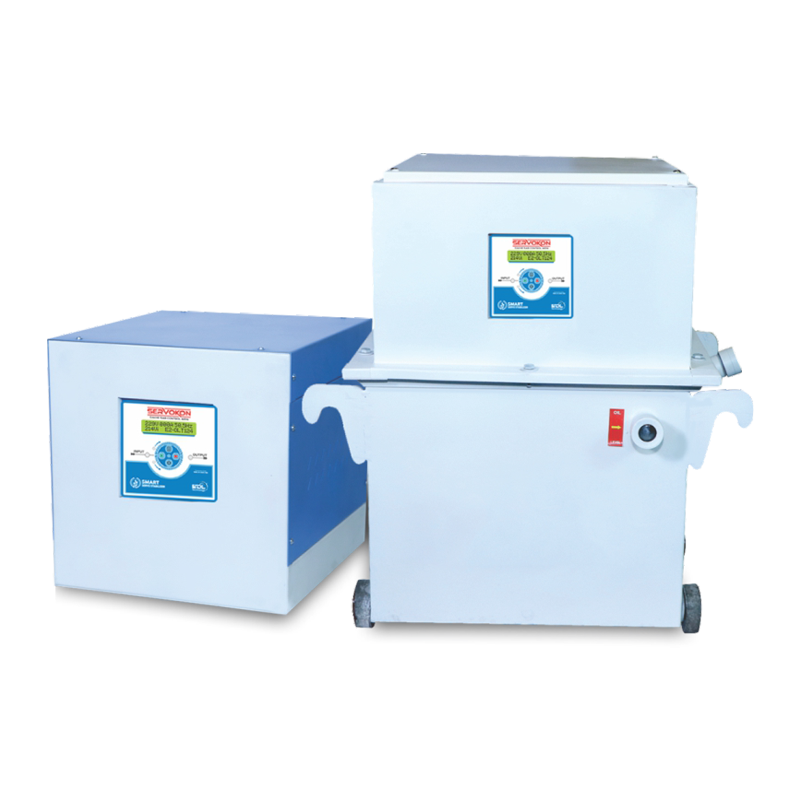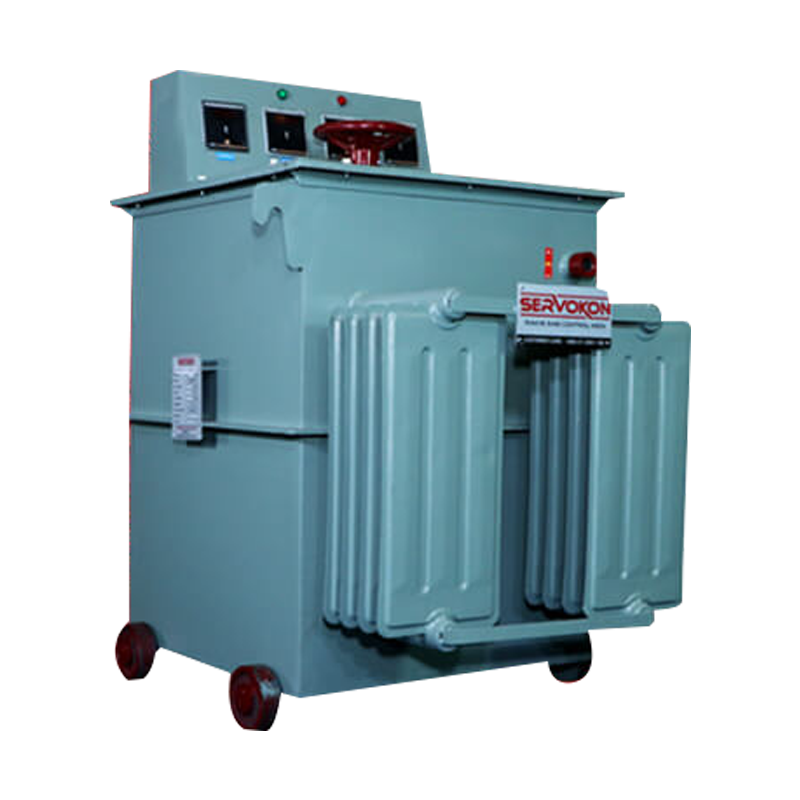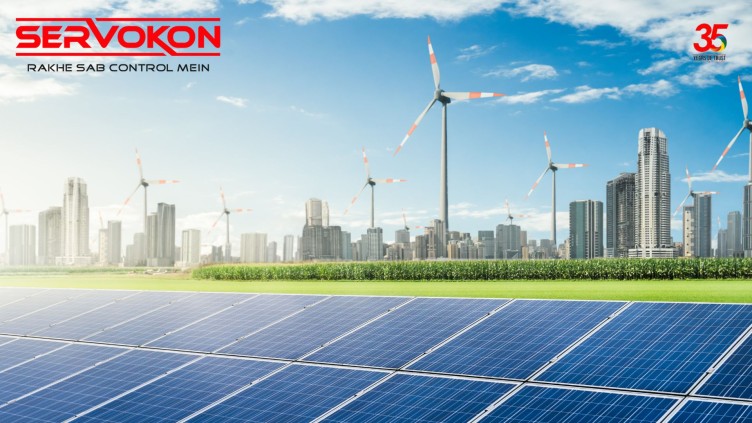Introduction: With abundant sunlight, India has emerged as a key player in the global shift towards sustainable energy. As the world grapples with climate change, the role of solar power becomes increasingly critical. In this blog, we’ll delve into the current state of solar power in India, explore emerging trends and innovations, and envision a future where solar energy plays a pivotal role in the country’s energy landscape.
Current Landscape of Solar Power in India
In recent years, India has made remarkable strides in solar energy. Current plans ambitiously target a substantial increase in Solar’s share in the national power mix – from 5% in FY 2022 to a projected 17% by FY 2027, and an even more impressive 25% by FY 2032. The 14th National Electricity Plan (NEP 14) outlines specific targets, aspiring to achieve 185.6 GW of solar capacity by FY 2026-27 and a monumental 364.6 GW by FY 2031-32. To meet these goals, India aims for an annual solar capacity addition increase of about 36%, building upon the record 12.9 GW added in FY 2023. According to Ember’s latest report, this brings the total national capacity to an impressive 66.7 GW.
Government initiatives like the Rooftop Solar Programme Phase II are integral to this surge, propelling India toward a cleaner, greener energy future. However, persistent challenges such as intermittency and storage remain at the forefront of considerations.
Emerging Trends in Solar Power
One prominent trend is the rapid increase in solar capacity. Large-scale solar projects, such as the Pavagada Solar Park (2050 MW) or Bhadla Solar Park (2245 MW), exemplify India’s commitment to harnessing solar energy on a grand scale. Moreover, advancements in technology, including high-efficiency solar panels, enhance the overall performance of solar installations. Integrating artificial intelligence and the Internet of Things (IoT) makes solar systems smarter, optimizing energy production and consumption.
Innovations Driving Solar Power Growth
Breakthroughs in energy storage technologies address one of solar power’s major limitations—intermittency. Servokon Solar Batteries, based on Slurry Filled Tubular Technology, is a case in point, providing efficient and cost-effective storage solutions. Hybrid solar systems are gaining traction, combining solar power with other renewable sources like wind or hydropower. Community solar projects like the Satjelia Island set up by WWF India promote sustainability and empower local communities.
Government Policies and Support
India’s policies play a pivotal role in shaping the solar landscape. At the end of 2022, the Indian government announced that it was implementing the Rooftop Solar Programme Phase II. Under the scheme, the Ministry of New and Renewable Energy (MNRE) will provide Central Financial Assistance (CFA) to residential consumers for installing rooftop solar systems (RTS).
- DISCOMs and respective state agencies will implement the programme. The best part about the CFA is that it offers direct benefit transfer (DBT), i.e. consumers will directly receive the incentive in their bank accounts. For a system capacity between 3 kW to 10 kW, ₹14,588 /kW is applicable for the first 3kW and ₹7,294/kW for the rest of the capacity.
- For plant capacities above 10kW, a fixed amount of ₹94822 will be given.
As the government continues to prioritize clean energy, it is anticipated that future policies will further accelerate the growth of the solar sector.
Challenges and Solutions
While the future of solar power looks promising, challenges persist. The environmental impact and potential land use issues need careful consideration. Technological and financial challenges also pose hurdles. However, innovative solutions, such as the Rooftop Solar Scheme under the National Solar Mission, a major initiative of the Government of India, are addressing these concerns, making solar energy more viable and sustainable.
Case Studies: Servokon’s Solar Excellence in Action
Residential Project: Servokon’s advanced solar panels and Pure Sine Wave Solar Hybrid PCU inverter exceeded expectations, optimizing energy production and ensuring reliable power with extended backup.
Commercial Project: Scaling up, Servokon’s solar solutions showcased technical prowess in a commercial setting, maximizing solar utilization and providing continuous, reliable power with cutting-edge Slurry Filled Tubular Technology batteries.
These case studies underscore Servokon’s commitment to technical excellence, making it a prominent player in the future of solar power in India.
Future Outlook
Looking ahead, the future of solar power in India appears bright. Projected solar capacity growth, anticipated technological advancements and global collaborations are poised to transform India into a solar energy powerhouse. The potential for innovation and positive change is limitless as the nation embraces cleaner and more sustainable energy sources.
Conclusion: A Radiant Tomorrow for Solar Power in India
In conclusion, India’s future in solar energy is bright and promising. The nation is poised to lead in sustainable energy, from large-scale projects to groundbreaking technologies. As stakeholders unite—individuals, businesses, and policymakers—Servokon’s advanced solar solutions play a pivotal role. Together, we anticipate a future where solar power takes centre stage in India’s journey towards a resilient and sustainable energy landscape.

